In recent years, purple custard apples have become increasingly popular on the market and have attracted attention thanks to their eye-catching colors and special flavors, creating a craze in the fruit market.
What is the difference between purple custard apple and green custard apple?
The difference between purple custard apple and green custard apple is not only in color but also in flavor, nutritional value, growing method and care.
Appearance
Green custard apples have green or pale yellow skin when ripe, while purple custard apples have an eye-catching appearance with purple or purple skin. The difference between purple and green custard apples in terms of appearance also lies in shape and size; purple custard apples are usually smaller and their shape is also often uneven like green custard apples.

What is the difference between purple custard apple and green custard apple? (Photo: Shutterstock)
Flavor
The flavors of these two custard apples are also quite different. Green custard apples are usually sweet, crunchy, and have a light aroma. In contrast, purple custard apples have a stronger sweetness and a more prominent aroma, making them popular with many people. The flesh of purple custard apples is thick and has a certain nutty texture, while green custard apples have a crispier texture. The seeds of purple custard apples are also smaller, not causing discomfort when eaten.
Seasons and prices
The green custard apple harvest season usually lasts from July to September. The purple custard apple has a shorter harvest time, the season usually only lasts about a month. In terms of price, the purple custard apple is often much more expensive, even 2-3 times higher than the green custard apple.
Nutritional value
Both custard apples have many health benefits, but purple custard apples are more popular due to their higher antioxidant content. Purple custard apples contain a lot of vitamin C, potassium, and other essential nutrients that help boost the immune system, aid digestion, and beautify the skin. Green custard apples also contain many nutrients, but not as rich as purple custard apples.

Purple custard-apple differs from green custard-apple in that it has a richer sweetness and more prominent aroma. (Photo: Shutterstock)
In addition, both types of custard apple can be processed into many different dishes, from smoothies, sweet soups to desserts. Green custard apples are often used in traditional snacks or desserts, while purple custard apples are more suitable for modern, stylish and beautifully decorated dishes.
How to plant and care
The purple custard apple tree has strong growth and can reach a height of about 3.5m. The tree begins to bear fruit after about 2.5 years of planting. The purple custard apple tree differs from the green custard apple tree in that the branches are brittle and the trunk is darker. The leaves of the purple custard apple are also larger and longer, and the flowers are a beautiful white color.
While green custard apples are easy to grow and can survive in a variety of soils, purple custard apples are quite picky and require more careful care, requiring better soil conditions and moisture to thrive.

Purple custard apples differ from green custard apples in flavor, price, and care requirements. (Photo: Shutterstock)
Tips for choosing naturally ripe custard apples
To choose ripe, delicious custard apples, you can refer to the following tips:
- Check the color: Ripe custard apples are usually evenly colored, with green or light yellow skin. If it is purple custard apple, choose a fruit with a deep purple color. Avoid choosing fruit with brown skin or signs of rotting.
- Touch and feel: Use your hand to gently press on the custard apple. Ripe custard apples will be slightly soft, not too hard or too soft to have the right ripeness.
- Smell the aroma: If you can smell the characteristic aroma of custard apple, it is a good sign that the fruit is ripe.
- Check the stem: Choose fruit with fresh, green stems that are not dry. A dry stem indicates that the fruit was harvested a long time ago.
- Observe the shape: Custard apples with even shape, no distortion or bruises are delicious custard apples. A beautiful shape usually shows that the fruit is well developed.
- Avoid bruised fruit: Check the fruit for signs of bruises. Bruised custard apples are usually not fresh and spoil easily.
Source: https://giadinh.suckhoedoisong.vn/na-tim-khac-gi-na-xanh-17224092701572827.htm





![[Ảnh] Chủ tịch nước Lương Cường tiếp Bộ trưởng Quốc phòng Thổ Nhĩ Kỳ Yasar Guler](https://vphoto.vietnam.vn/thumb/1200x675/vietnam/resource/IMAGE/2025/9/11/7f1882ca40ac40118f3c417c802a80da)
![[Photo] General Secretary To Lam chairs the Politburo's working session with the Standing Committee of the National Assembly Party Committee](https://vphoto.vietnam.vn/thumb/1200x675/vietnam/resource/IMAGE/2025/9/11/e2033912ce7a4251baba705afb4d413c)


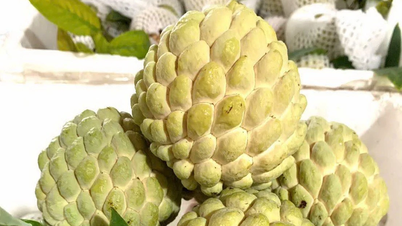


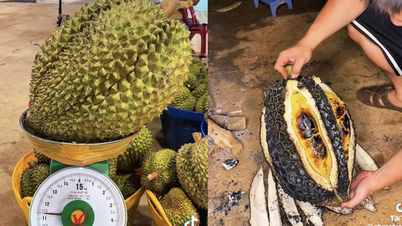






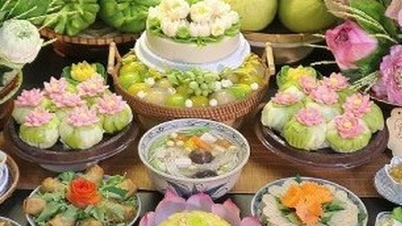








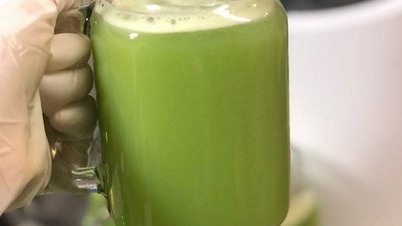



































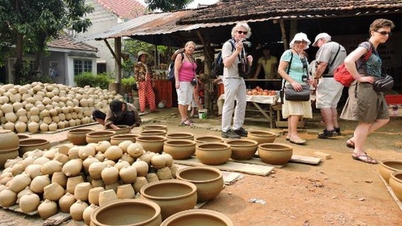
























Comment (0)